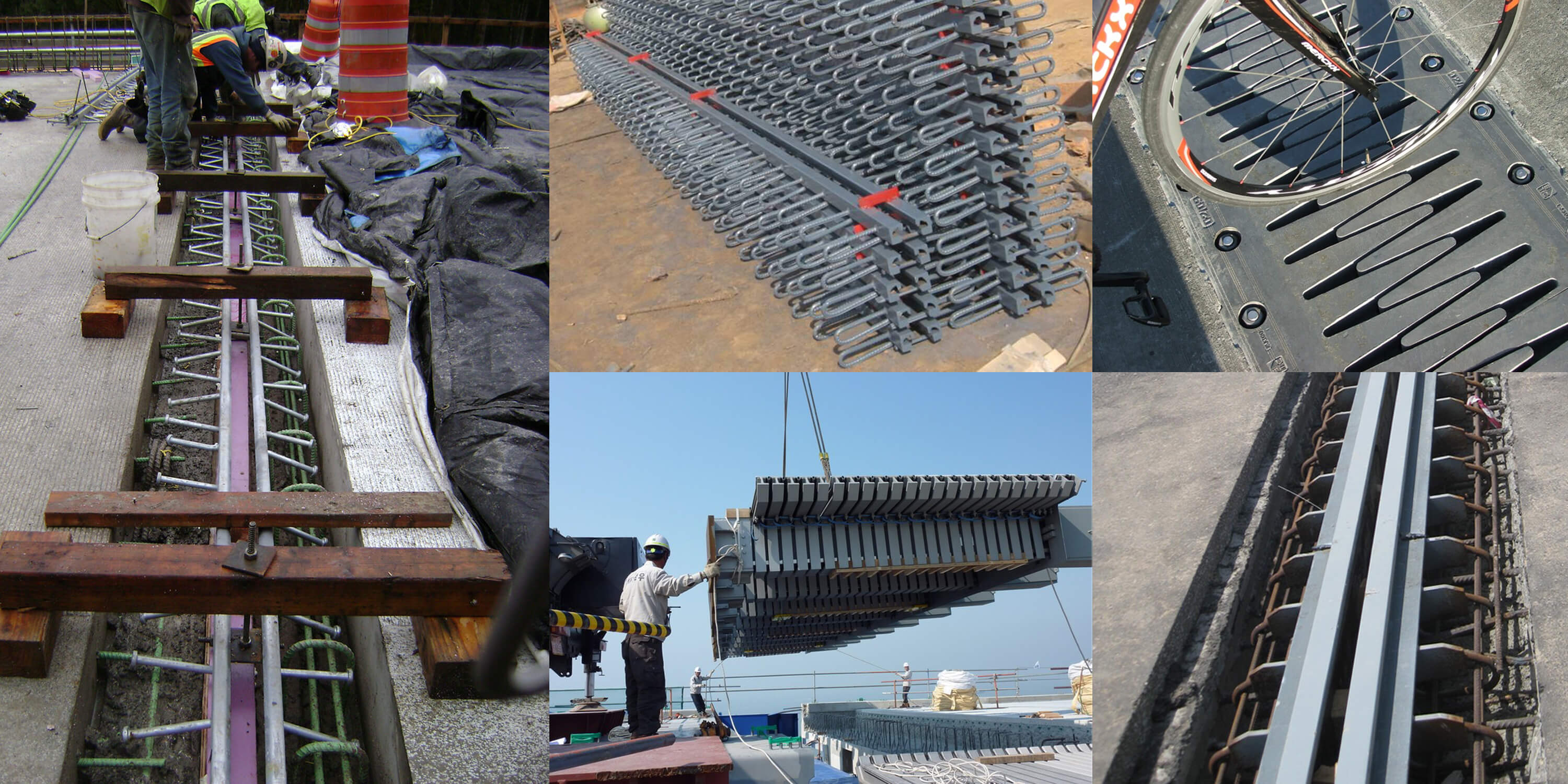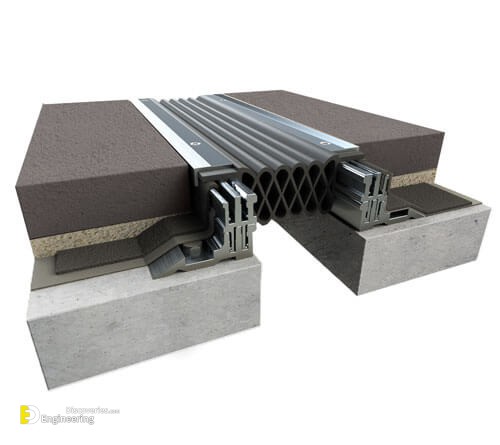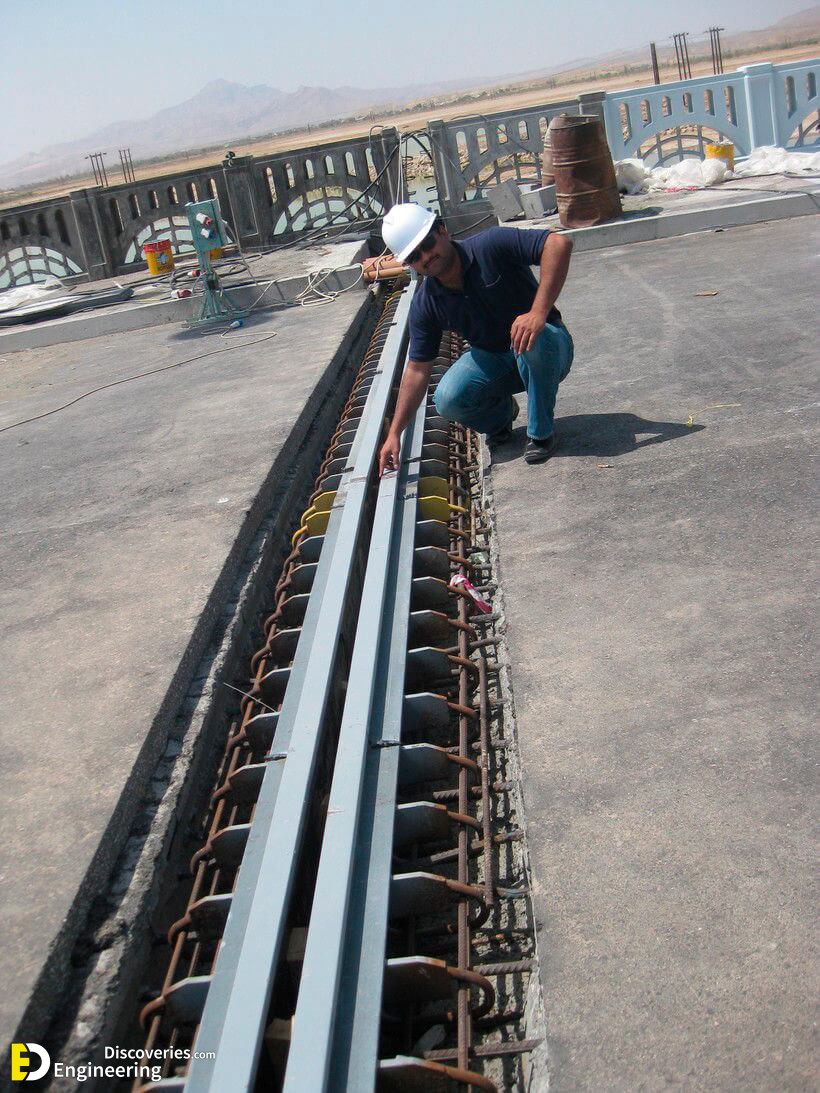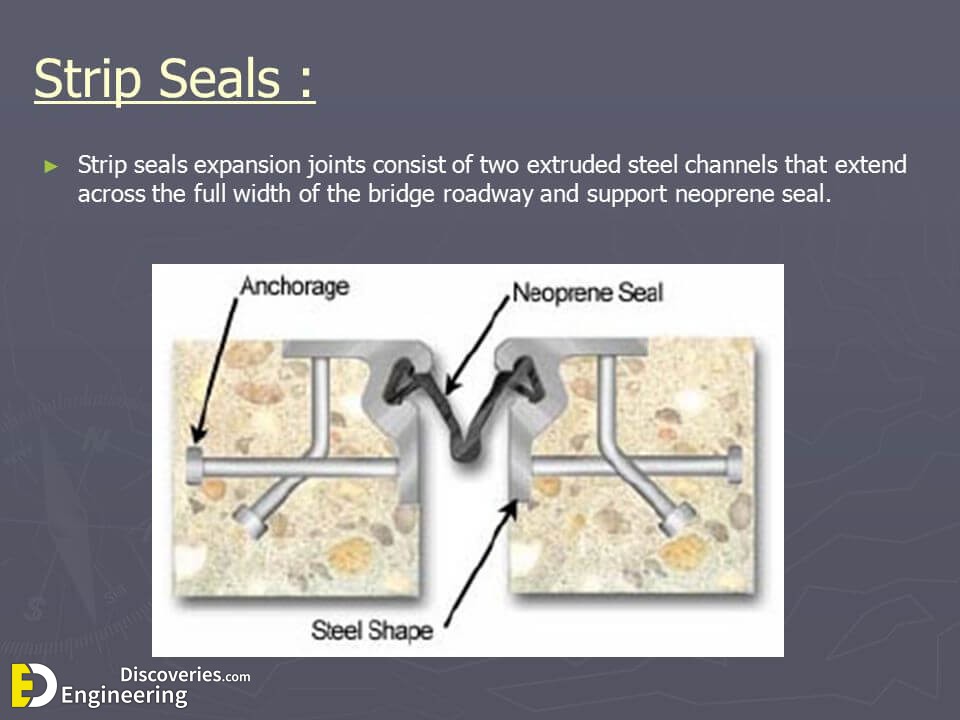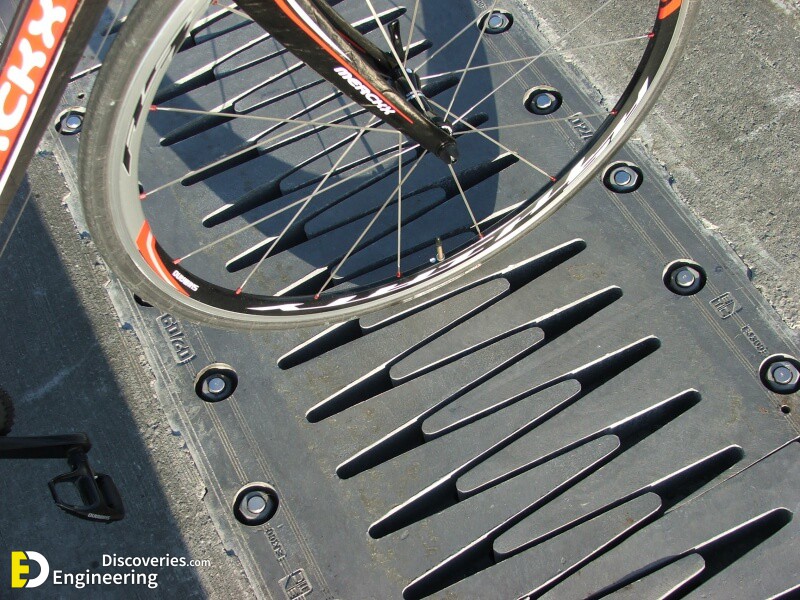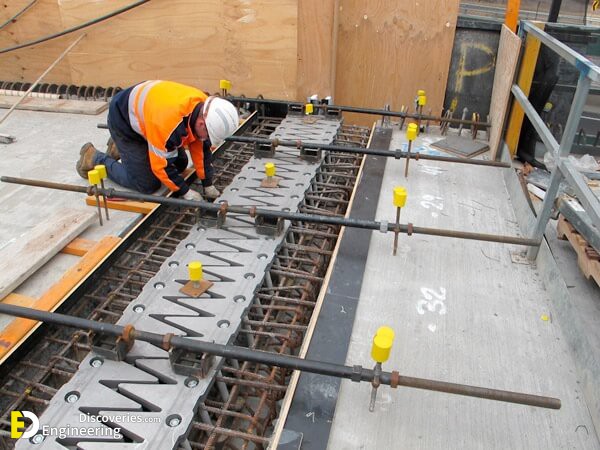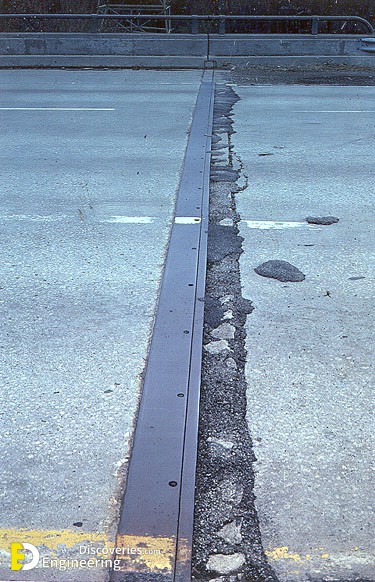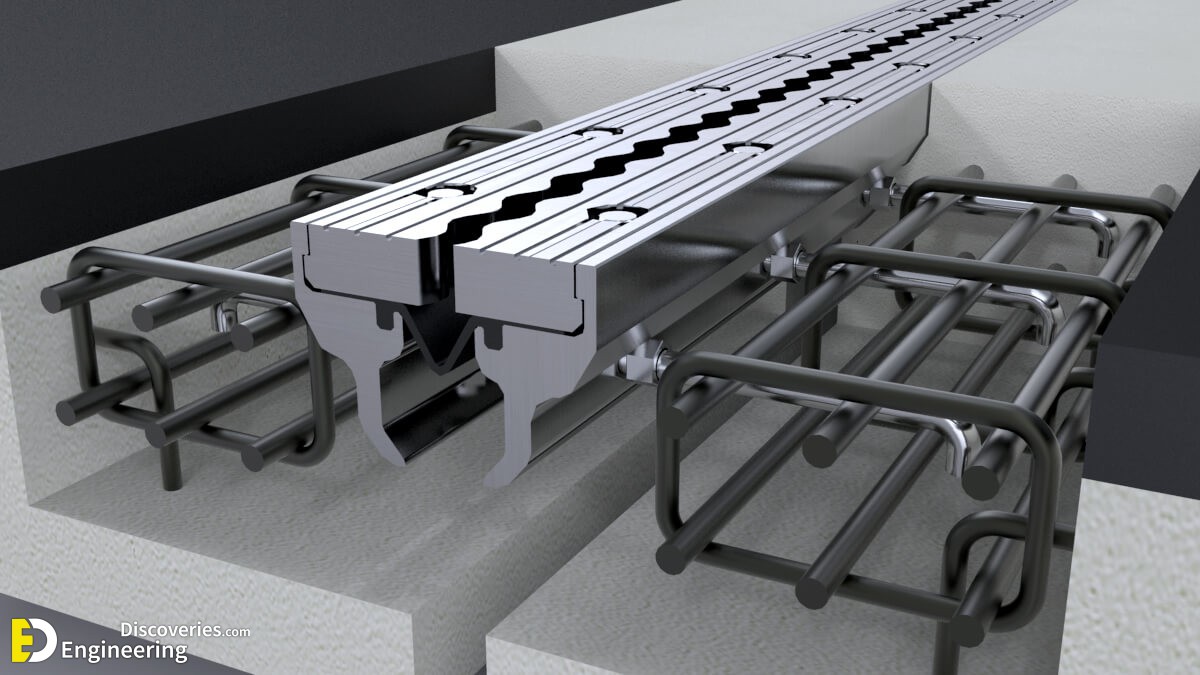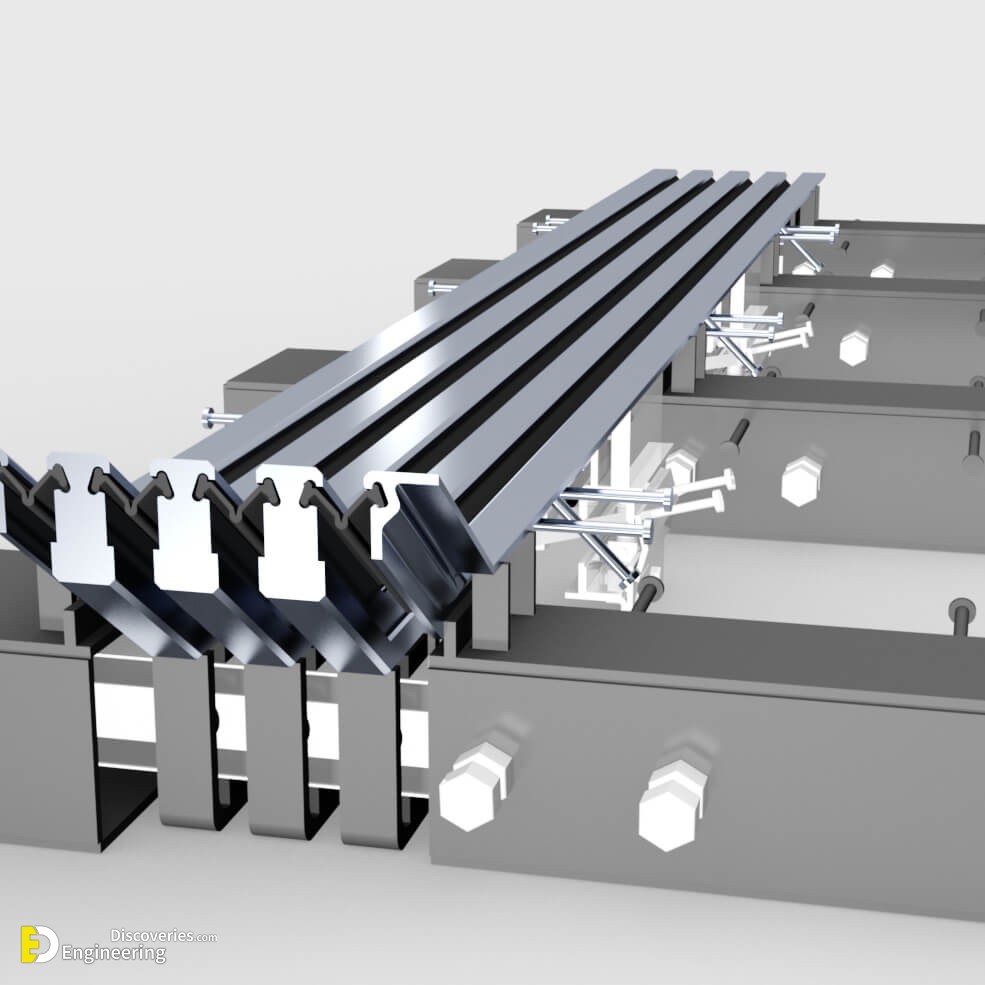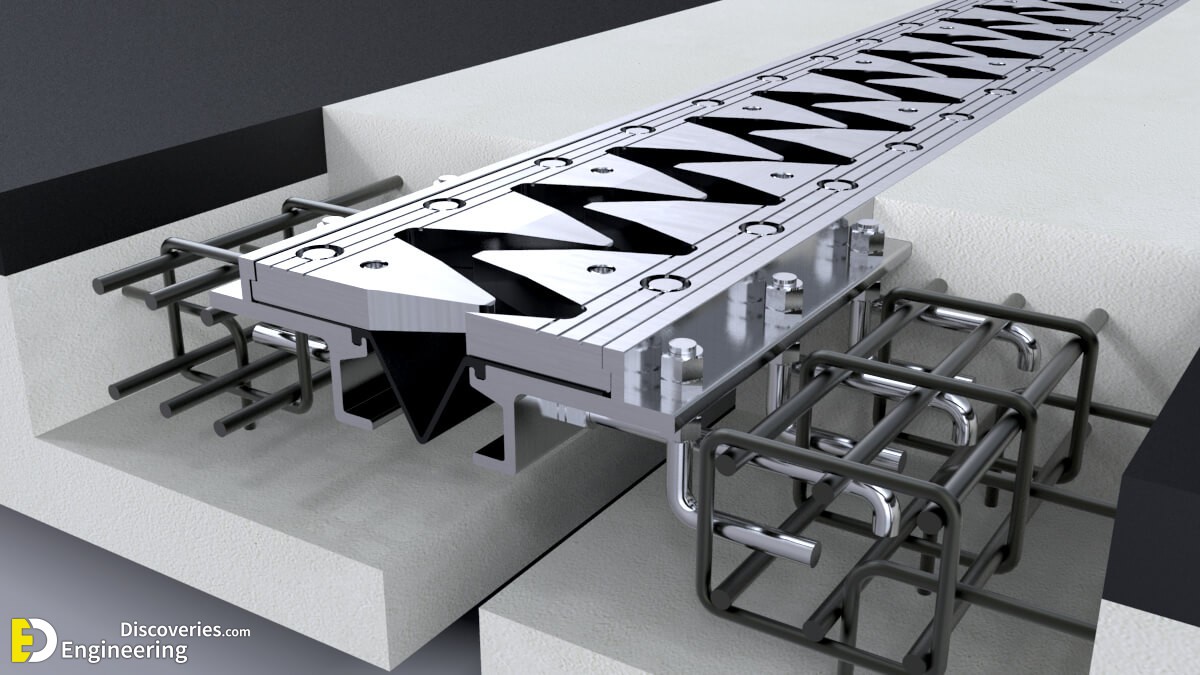Bridge expansion joints are designed to allow for continuous traffic between structures while accommodating movement, shrinkage, and temperature variations on reinforced and prestressed concrete, composite, and steel structures. They stop the bridge from bending out of place in extreme conditions and also allow enough vertical movement to permit bearing replacement without the need to dismantle the bridge expansion joint.
| Joint Classification | Movement range |
| Small movement Joint | ~ 0.5” – 2” |
| Medium movement Joint | ~ 2” – 4” |
| Large movement Joint | ~ > 4” |
Bridge Expansion Joints
1- Small Movement Joints
A- Compression Seals
•Utilized for movements 0.25” – 2.5”
•Provides uniform compression without coming out of the joint opening
•Enables a smooth ride for vehicles when even with the deck after compression
B- Silicone Sealants
•These joints are poured in place
•Recommended for repair and rehabilitation projects
•Cures quickly
C- Asphalt Plug Joints
•Effective for allowing thermal movement
•Constructed to be waterproof, flexible and self-sealing
2- Medium Movement Joints
A- Strip Seal Joints
•Enables movement by a neoprene seal gland between two steal strips
•Because of its location, the gland is usually protected from vehicular wear
B- Finger Joints
•can be used for large movements as well
•The open joint typically anchored to concrete decks
•Metal troughs are usually constructed beneath the joint to redirect runoff
C- Sliding Plate Joints
•Two overlapping steel plates made to stop water and rubble infiltration
•Allow a smooth joint surface
3- Large Movement Joints
A- Modular Bridge Expansion Joints
•Designed to prevent water and debris from damaging structures below
•Accommodate large structural movement from several connecting seals
•Seals expand and contract uniformly

